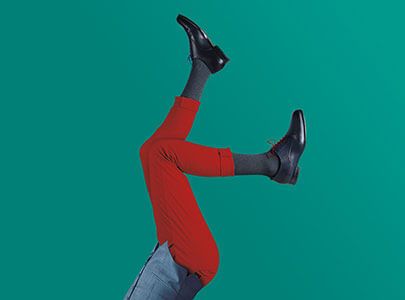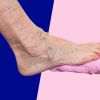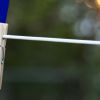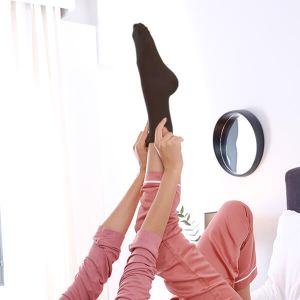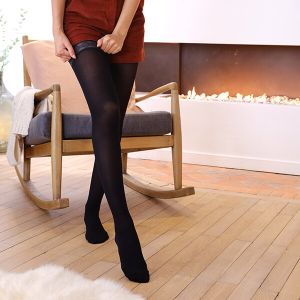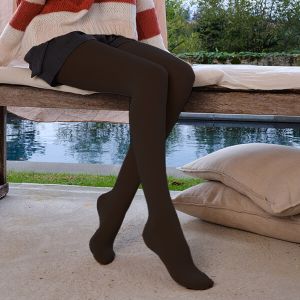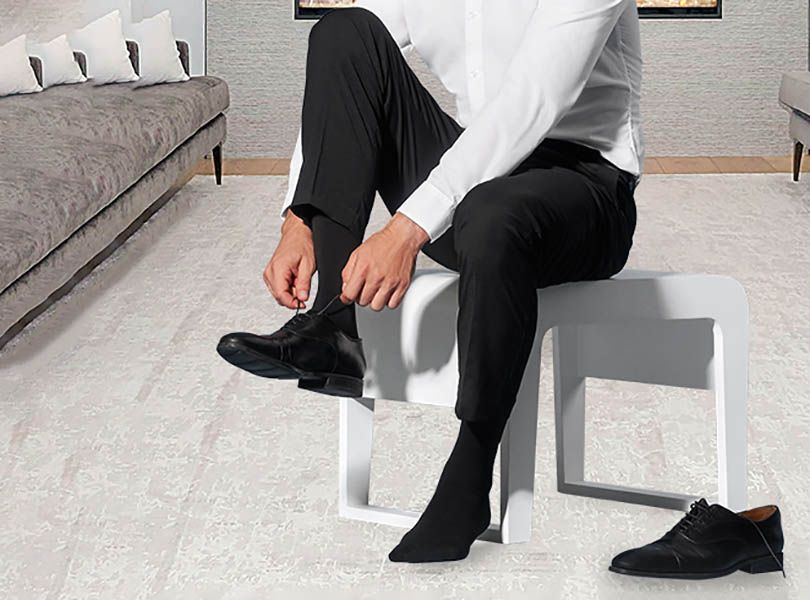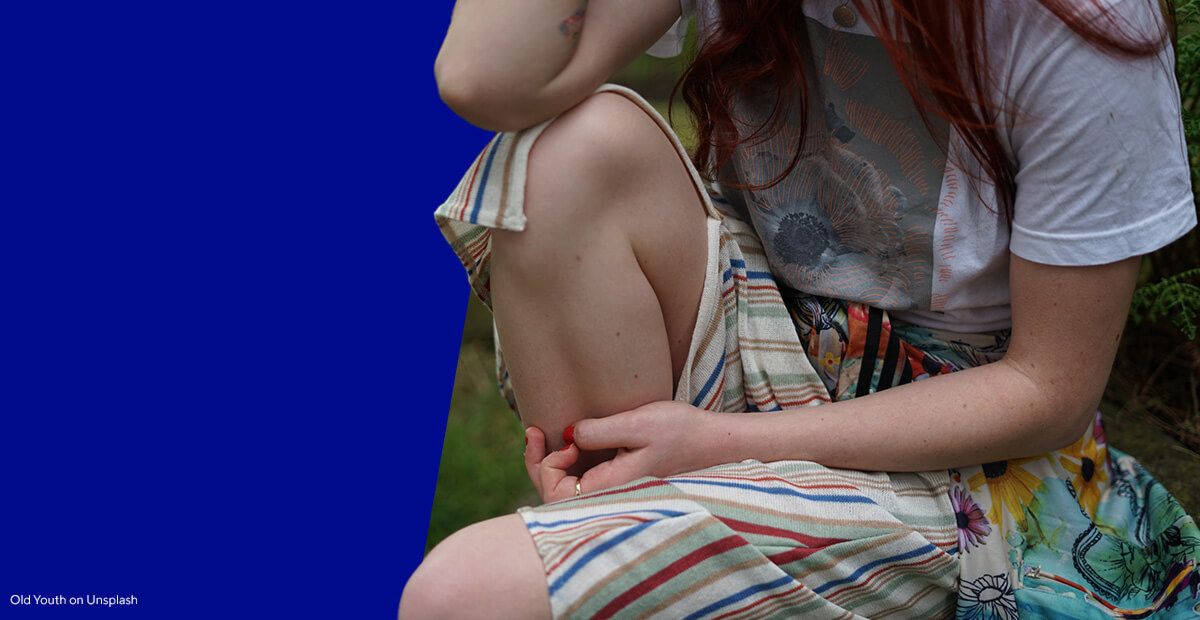Spider veins - what are they and can they disappear on their own?

Dilated capillaries of the face or legs are an extremely common ailment throughout society, which in most cases (approximately 60%) affect the female sex. These red or blue reticulated capillaries, in some cases are merely an aesthetic shortcoming, while in others they may indicate a serious health problem. So, what are telangiectasias and who is most at risk of developing them? And can leg spider veins disappear?
Teleangiectasias - what are they and why do they form?
Teleangiectasias, commonly known as vascular spider veins, are one of the most common forms of venous circulation disorders. They are small blood vessels 0.1-0.4 mm in diameter, approximately 0.4mm deep and red, purple, or blue in colour, running close to the surface of the skin. They look like winding thin lines, which form a fine mesh, on our body, especially on the legs. The telangiectasias take different forms, which depend on the type of enlarged vessel. The main forms are vivid red, with dilated capillaries, and bluish purple, with dilated veins. The main cause of their formation is damage to the capillaries, which is the result of transmission from varicose veins or insufficient network veins of increased venous pressure or the presence of arteriovenous fistulas within the capillaries.
Who is at risk of spider veins?
Teleangiectasias are usually a cosmetic defect. However, in many cases they cause persistent burning, itching, pain, and disturbance of venous circulation. The increased risk of their occurrence is mainly influenced by:
Gender - women are more likely to be affected.
Age - spider veins can occur in patients of all ages, however, there are two peaks in the incidence of this condition: the first between the ages of 18 and 35 and the second between the ages of 50 and 60.
Lifestyle/occupation - people who are constantly exposed to telangiectasias are mainly those who work in a sitting position (office workers, drivers) and only in a standing position (doctor, salesman).
Pregnancy - this is influenced by the higher level of progesterone in the woman's body, which directly weakens the walls of the venous vessels.
External factors also contribute to the formation of vascular spider veins. These include excessive sunbathing, very frequent use of tanning beds, wind, high humidity, temperature fluctuations, use of bio stimulant lasers and topical steroids.
Fading spider veins on the legs - is it possible?
Many people who struggle with telangiectasias wonder if the spider veins on their legs can disappear. This is, of course, possible if the right preventive measures are taken. Firstly, it is advisable to reduce blood pressure in the vessels of the lower limbs by maintaining an appropriate body weight and avoiding constant sitting or standing. It is also advisable to frequently raise the legs above the level of the heart and to wear compression medical products such as stockings, tights, or compression knee-high socks, which can be selected and purchased on our website.

